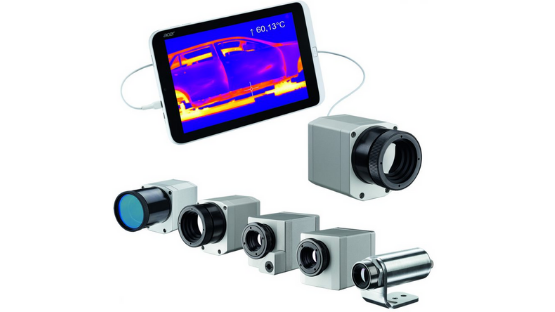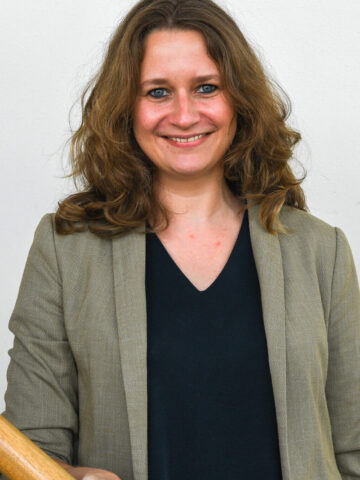Measuring the temperature of reflective surfaces such as glass, metal or plastic products, is by no means straightforward. Lots of manufacturing companies would agree. However, we would be only too happy to explain how you can do this.
Reflections cause inaccurate measurements
Besides absorbing the heat of the product itself, a reflective surface also absorbs heat from its surroundings. This can cause the temperature measurement to be higher on occasions. Consequently, the product (or semi-finished product) may take on a different shape, strength or thickness than intended, which would be detrimental to quality. You can prevent this from happening by using a reliable infrared sensor that factors in this measurement error.
How an infrared sensor works
Infrared sensors (also known as thermographic cameras or pyrometers) are able to measure the temperature of surfaces without being in contact with them. They do so by capturing and storing the heat radiated from the object. This might sound simple; however, products with highly reflective surfaces made from, say, metal or glass, produce readings that differ from the true temperature of the material. That is why we need a correction: the emissivity coefficient.
Emissivity coefficient
The emissivity coefficient minimises the measurement error caused by reflected radiation, thus allowing accurate temperature recordings. Exactly what that coefficient is depends on the amount of energy reflected from the surface. Special formulae exist for this purpose. The emissivity coefficient can easily be set using the built-in software or an electronics box so that the corrected data is displayed immediately.
No standard solution
Not all infrared sensors can be used to measure reflective surfaces. For example, if we are trying to measure the temperature of a glass surface, we need to factor in not only any reflection but also the transparency of the surface. Unfortunately, there is no ready answer to what the corrective coefficient needs to be or which infrared sensor best suits your application. This will vary depending on the object in question, specific environmental factors and each application. Similarly, if we are dealing with other types of reflective surfaces such as metal wheels, glass bottles, plastic packaging materials, aluminium brackets, etc., we need to perform tests at the production site so that we can provide you with proper measurement advice.
We are always happy to issue good measuring advice! Please contact infrared specialist Maaike Godschalk without obligation. She will be happy to provide you with further assistance!



